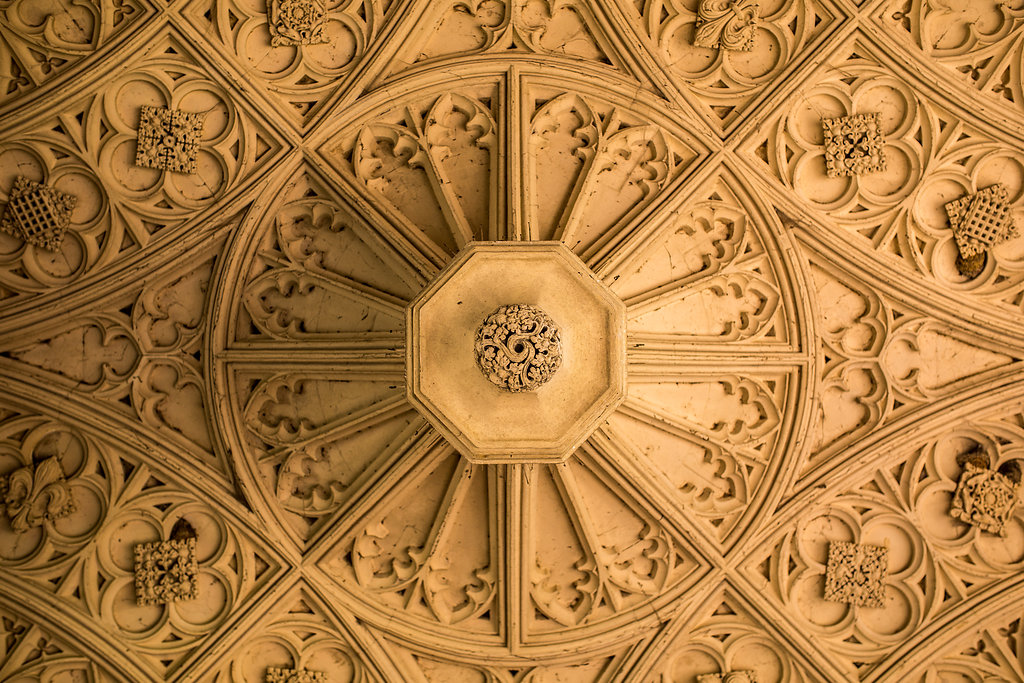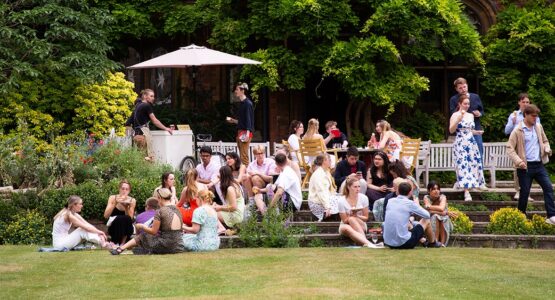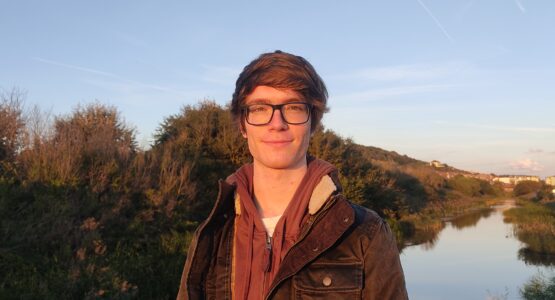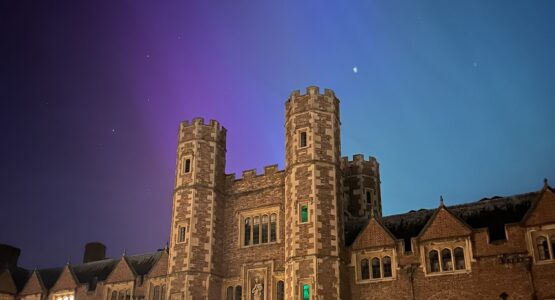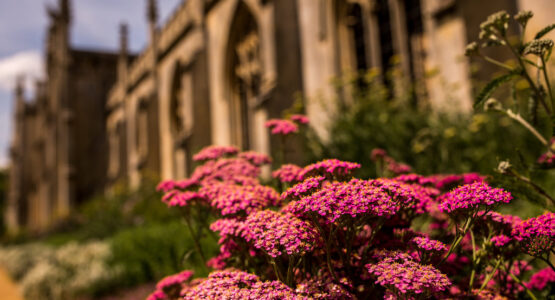Blossom Durr (2022, History of Art)
Nathoo Bursary
While I’ve always been interested in art history, my fascination for the subject deepened during my Fine Art A Level when I was researching the ideologies of process art and subsequently producing a multi-media, immersive installation. As my state school didn’t offer art history as a subject and I’d received little support from the STEM-focused Oxbridge group, I actively pursued my interest independently, visiting London museums and galleries when my budget allowed alongside reading extensively.
The art historical ‘Bible’, Gombrich’s The Story of Art, was at the top of my reading list. Despite it affording me deeper cultural, religious and political insight into art’s chronological evolution, I was disappointed (if unsurprised) that just one female artist, Käthe Kollwitz, was included in Gombrich’s guide. Aside from the female nude, the art canon has excluded women for centuries, and the oeuvres and talent of ground-breaking female artists, such as Swedish painter Hilma af Klint, are only just receiving recognition.
Despite nineteenth-century society expecting women to surrender their careers to become doting wives and mothers, af Klint eschewed the norm and resolutely pursued her work. She produced a remarkable body of abstract art before the term even existed, predating her male contemporary Kandinsky, the historically recognised pioneer of the style. I had the privilege of seeing af Klint’s work in person at Tate’s 2023 exhibition ‘Hilma af Klint and Piet Mondrian: Forms of Life’, the largest presentation of af Klint’s work in the UK to date. Deeply moved by the pieces on display, I left frustrated that af Klint’s incredible oeuvre had, up until this point, been shrouded in obscurity and her name unknown by many. This is undoubtedly a great injustice and I am intent on challenging the oppressive art historical narrative that allowed this to happen.
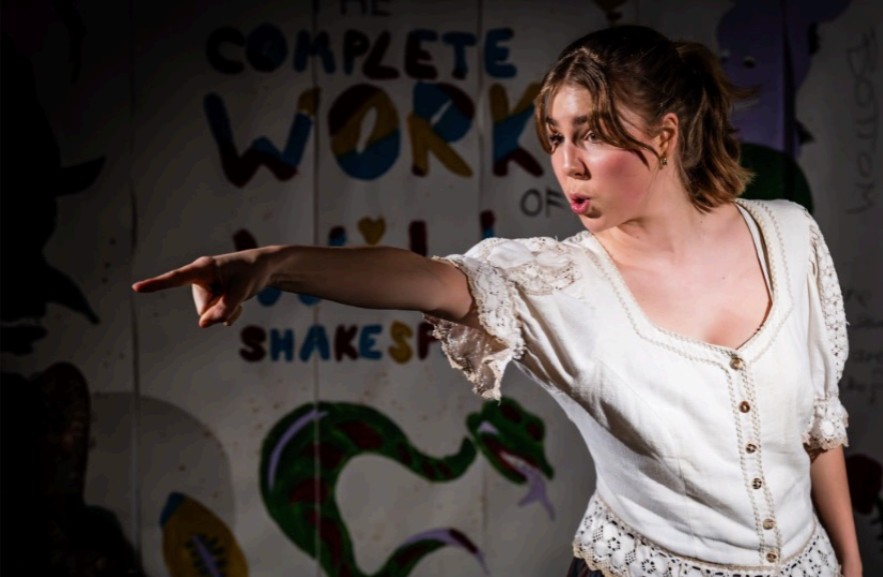
One way I have achieved this is through the power of theatre as I am eager to lead productions that address feminist arguments and champion unsung women of art history. From coercing my siblings to act in my homemade movies to auditioning among 600 other applicants to successfully gain membership to the National Youth Theatre, my love of theatre blossomed from an early age. At Cambridge I continued to pursue this extra-curricular passion, and when applying for the Nathoo Bursary I set out my desire to use theatre as a vehicle for political and social change.
Last year I was cast as the central protagonist – Johanna Van Gogh Bonger – in the ADC’s 2023 Edinburgh Fringe Festival production Four Cut Sunflowers. While her name may not ring as loudly as that of her famous brother-in-law’s, it was Johanna who, through sheer tenacity, fortitude and drive, single-handily ensured Vincent Van Gogh’s posthumous, worldwide success. An exploration of grief, desire, guilt and duty, Four Cut Sunflowers both educated and enthralled audiences, shedding light on an inspirational true story too long forgotten.
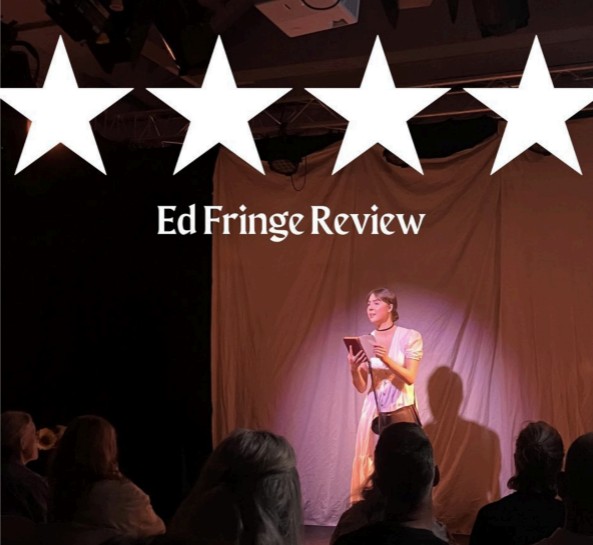
My performance was extremely well received by audiences and critics alike and garnered a glowing review from theatre critic Susan Mansfield from The Scotsman newspaper. Describing my portrayal of Jo as ‘superb’, Mansfield suggested that I devise a solo show exploring the other characters through Jo’s eyes. The EdFringe Review also commented that my ‘witty and endearing performance … oozed with palpable emotion’ and ultimately ‘brought to life’ Jo’s important story.
The Edinburgh Fringe becomes more expensive year on year, but financial support from the Nathoo Bursary allowed my creativity to flourish unbridled. Rather than worrying if I could afford to pay for transport and accommodation, I spent my time performing, engaging in the humbling act of ‘flyering’, seeing inspirational theatre and experiencing the unique atmosphere of the Fringe. Consuming my life for over four months – with a rehearsed reading in Cambridge and a two-week intensive rehearsal period in Cornwall with the Kneehigh Theatre founder, Mike Shepherd, before we finally headed to Edinburgh for our two-week run – Four Cut Sunflowers was an unforgettable highlight of my first year.
Another highlight was my first-year dissertation. Intricate Japanese Ukiyo-e woodblock prints – from the Bijin-ga or ‘Beautiful Women’ designs of Utamaro to the ethereal landscapes of Hokusai – have fascinated me since I first encountered them during my Fine Art A Level. I was therefore saddened that my first-year History of Art course at Cambridge placed little to no focus on Japanese art. Determined to de-westernise my own knowledge and explore the Japanese art canon further, I dedicated my dissertation to the work of Tsukioka Yoshitoshi, with his woodblock print ‘Looking in Pain: Prostitute of the Kansei Era’ as the central focus. Bought from the renowned Japanese print dealer Israel Goldman and now housed in the Fitzwilliam Museum, Yoshitoshi’s ‘Looking in Pain’ is a first edition print that belongs to the artist’s 1888 series ‘Thirty-two Aspects of Customs and Manners’, a chronological survey depicting women from all spheres of Japanese society.
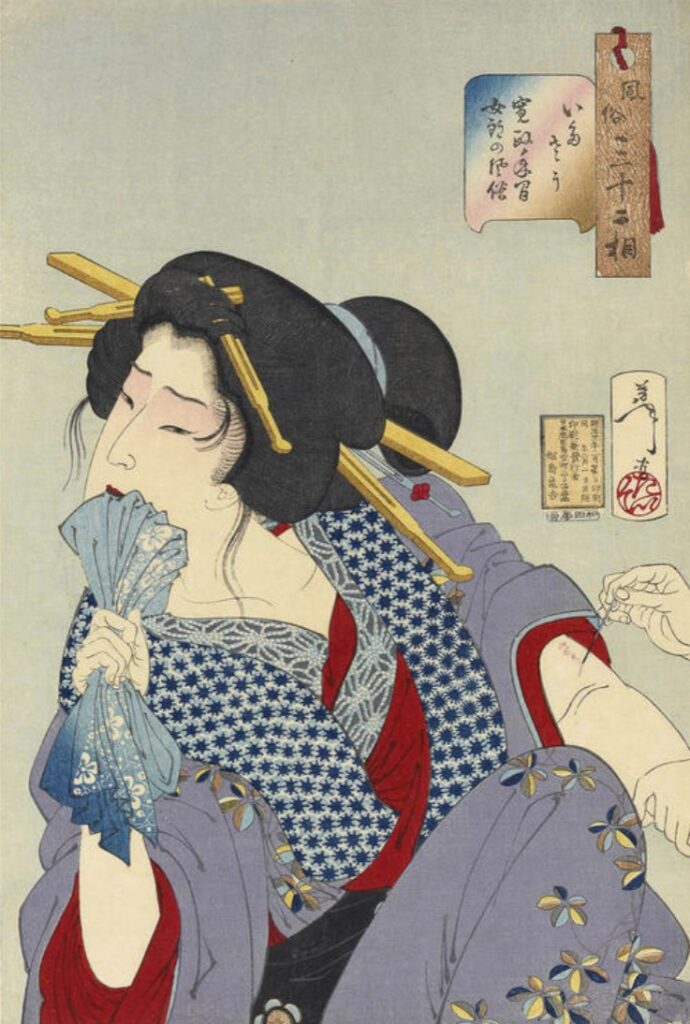
fûzoku
Portraying a lower-class prostitute stifling her cries as she is tattooed with the name of her lover, ‘Looking in Pain’ constructs a titillating trap, concealing the dark, true reality of late Edo-era Japan behind an image of appealing, ethereal beauty. Satiating a sadistic male gaze, Yoshitoshi glamourises the intricate web of woe endured by the lower-class courtesans of the Japanese pleasure districts, his print acting as an eye-opening gateway into Japanese female oppression. Raiding the Asian and Middle Eastern Studies library for as many reference books as I could carry, I immersed myself in Japanese history, society and culture. From uncovering Yoshitoshi’s biography to exploring the Ukiyo-e printing process and the evolving role of women within Japanese society, my research resulted in a dissertation I am proud of and nourished an interest I am keen to develop further through travelling to Japan and seeing the prints in person this summer.
Now a seasoned second year, I have continued to explore areas of personal curiosity, grasping every opportunity Cambridge has to offer and broadening both my academic and personal horizons. In Michaelmas term I studied the spirit, ingenuity and genius of the Flemish painter Peter Paul Rubens, uncovering the gendered dynamics within his works, and in Lent term I had the opportunity to delve into the history of Italian art in the age of Giotto, exploring the complex fresco cycles produced during the Duecento and Trecento periods. To supplement this course, and to satiate my own love of language learning, I enrolled in a weekly, two-hour Italian language course with the Cambridge University Language Centre.
My theatre and comedy repertoire also continues to flourish, and this year I performed in the sell-out Corpus Playroom Main Show The Complete Works of William Shakespeare (Abridged). Taking part in stand-up sets at the ADC Theatre’s comedy nights – known as ‘Smokers’ – and being a writer and performer in a Cambridge Footlights production The Footlights Presents: Nothing Really Mattress has given me a strong comedic sensibility, which I hope to develop further.
My biggest project to date, however, is my up-and-coming radio show. After completing my training with CAMFM over Lent term, my hour-long, weekly segment showcasing the incredible women of art history is finally ready to air. Taking a different female artist each week, I explore the history, lives and oeuvres of these inspirational but often unknown creatives, choosing songs that I feel resonate with their work. By combining art historical education with great music, interviews and insights, I intend for my show (and the accompanying Instagram page) to give female artists a platform on which to be seen and heard, ultimately joining the powerful feminist movement intent on disrupting the prevailing biases entrenched within the art historical canon. If all goes well, I hope to take this project further and develop a short documentary series dedicated to the global exploration of female artists – both those working now and those from art history.
